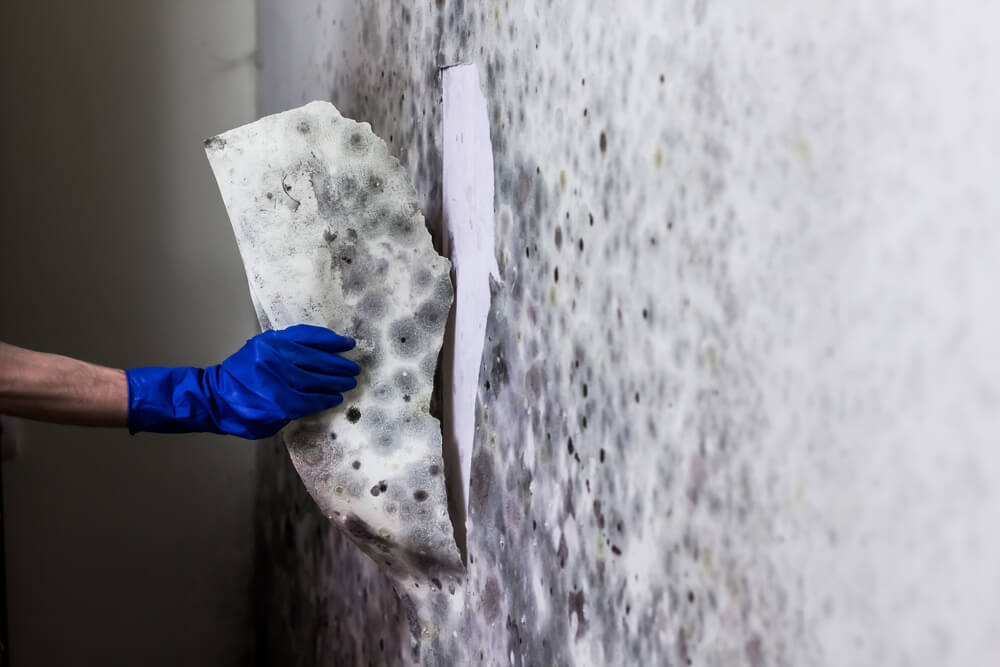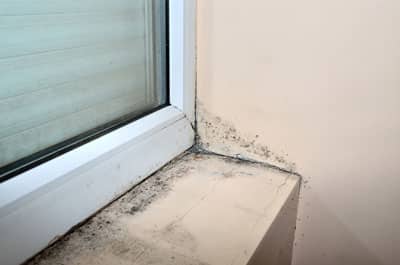Crucial Steps After Mold Remediation
Crucial Steps After Mold Remediation
Blog Article
Your Ultimate Overview to Message Mold And Mildew Removal Strategies
Browsing the realm of post-mold remediation methods is a precise process that requires focus to detail and a comprehensive understanding of the intricacies involved. In the consequences of mold and mildew problem, knowing exactly how to efficiently remove the mold and mildew and avoid its reoccurrence is extremely important for keeping a healthy interior environment. From picking the right cleansing and sanitizing methods to executing techniques for long-term mold and mildew prevention, each action in the removal trip plays an essential function in making certain a successful end result. As we embark on this expedition of post-mold remediation strategies, we will discover the vital methods and best techniques that can aid you recover your space to its pre-mold problem and secure it versus future mold threats.
Comprehending Post-Mold Remediation Refine
After completing the mold remediation process, it is essential to understand the post-mold removal techniques that are needed to guarantee a detailed and efficient cleaning. Once the mold and mildew has actually been gotten rid of, the following step involves cleaning and disinfecting the impacted locations to stop any type of regrowth of mold. This includes making use of specialized cleansing representatives to clean down surface areas and kill any staying mold spores. It is vital to dry out the location entirely to prevent the development of mold in the future (Post Mold remediation cleaning). Appropriate air flow and dehumidification can help in this process.
In addition, carrying out a final assessment post-remediation is crucial to guarantee that all mold has actually been efficiently removed. If the assessment discloses any sticking around mold and mildew, added removal might be essential.
Reliable Cleansing and Disinfecting Approaches

Stopping Future Mold Growth

Significance of Correct Air Flow
Appropriate ventilation plays an essential function in preventing wetness buildup, a key element in mold growth within interior atmospheres. Reliable ventilation systems help eliminate excess moisture from the air, minimizing the possibilities of mold and mildew spores finding the moisture they require to sprout and spread out. Without appropriate ventilation, interior spaces can come to be a reproduction ground for mold, causing prospective wellness threats and architectural damages.
By guaranteeing proper air circulation, air flow systems can also assist in drying moist areas quicker after water damage or flooding events, better hindering mold and mildew growth. Post Mold Remediation Report. Precede like washrooms, cellars, attics, and kitchen areas where dampness degrees often tend to be higher, mounting and keeping effective ventilation this systems is crucial in protecting against mold invasions

Surveillance and Maintenance Tips
Given the vital role that appropriate ventilation plays in preventing mold growth, it is essential to develop reliable tracking and upkeep pointers to guarantee the continued performance of air flow systems. Routine inspections of air flow systems need to be performed to inspect for any indications of obstructions, leakages, or malfunctions that might hamper appropriate air movement. Monitoring moisture levels within the building is also vital, as high humidity can add to mold development. Setting up a hygrometer can aid track moisture levels and alert property owners to any kind of spikes that may need interest. Additionally, guaranteeing navigate to this website that air filters are on a regular basis cleaned or changed is necessary for preserving the effectiveness of the ventilation system. Implementing a timetable for routine maintenance jobs, such as air duct cleansing and heating and cooling system assessments, can assist prevent issues prior to they escalate. By remaining alert and aggressive to the problem of ventilation systems, property owners can properly minimize the threat of mold regrowth and keep a healthy indoor atmosphere.
Verdict
Finally, post-mold removal methods are important for making sure a tidy and risk-free setting. Understanding the procedure, applying reliable cleaning and decontaminating methods, stopping future mold development, preserving correct air flow, and routine tracking are all essential steps in the removal process. By complying with these guidelines, you can effectively eliminate mold and mildew and avoid its return, advertising a healthy and balanced living or functioning room for all owners.
In the after-effects of mold and mildew infestation, understanding how to properly remove the mold and mildew and prevent its reoccurrence is critical for preserving a healthy indoor environment. When the mold has been eliminated, the next action includes cleaning and sanitizing the influenced areas to protect against any kind of regrowth of mold and mildew - what to do after mold remediation. After getting rid of noticeable mold growth, it is important to cleanse all surface areas in the affected area to remove any type of staying mold and mildew spores. To even more boost mold prevention measures, it is important to address underlying concerns that originally led to mold advancement.Given the vital role that appropriate air flow plays in stopping mold growth, it is critical to establish efficient tracking and upkeep tips to make certain the ongoing capability of air next flow systems
Report this page